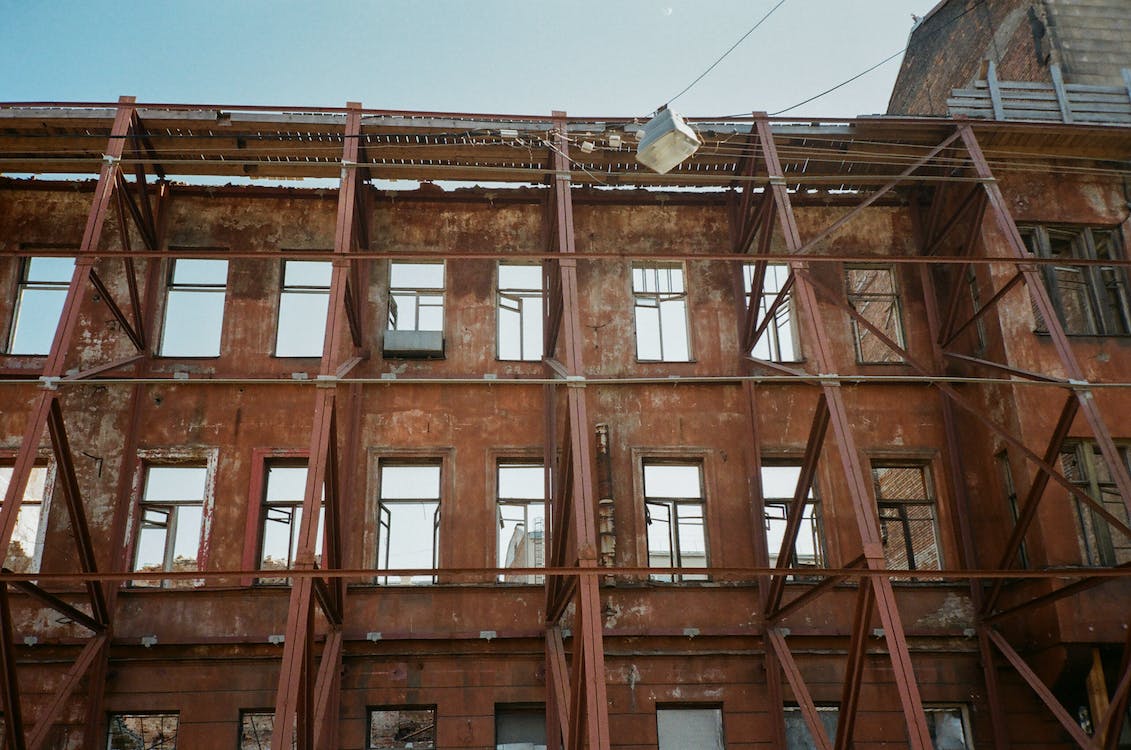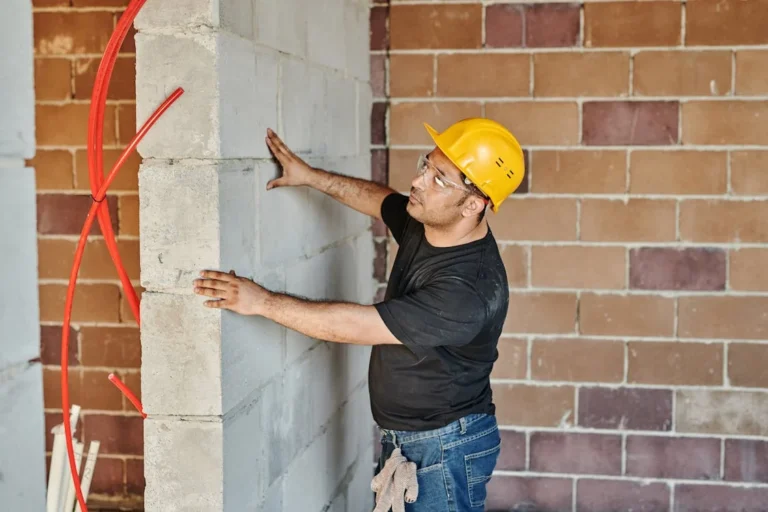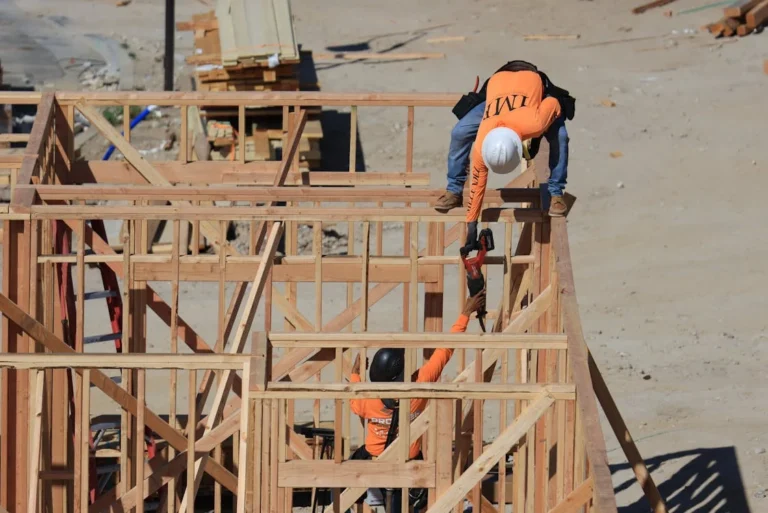In the bustling modern world, where towering skyscrapers dominate city skylines and sleek glass facades reflect the relentless march of progress, it’s easy to overlook the treasures nestled amidst the urban sprawl: heritage buildings, the silent sentinels of our past. These architectural marvels not only bear witness to the bygone eras but also embody the cultural, historical, and architectural essence of their time. Yet, preserving these structures is not merely an act of nostalgia; it is a testament to our commitment to understanding, respecting, and learning from our collective heritage. The art of restoration, therefore, becomes paramount in ensuring that these timeless edifices endure for future generations to appreciate and cherish.
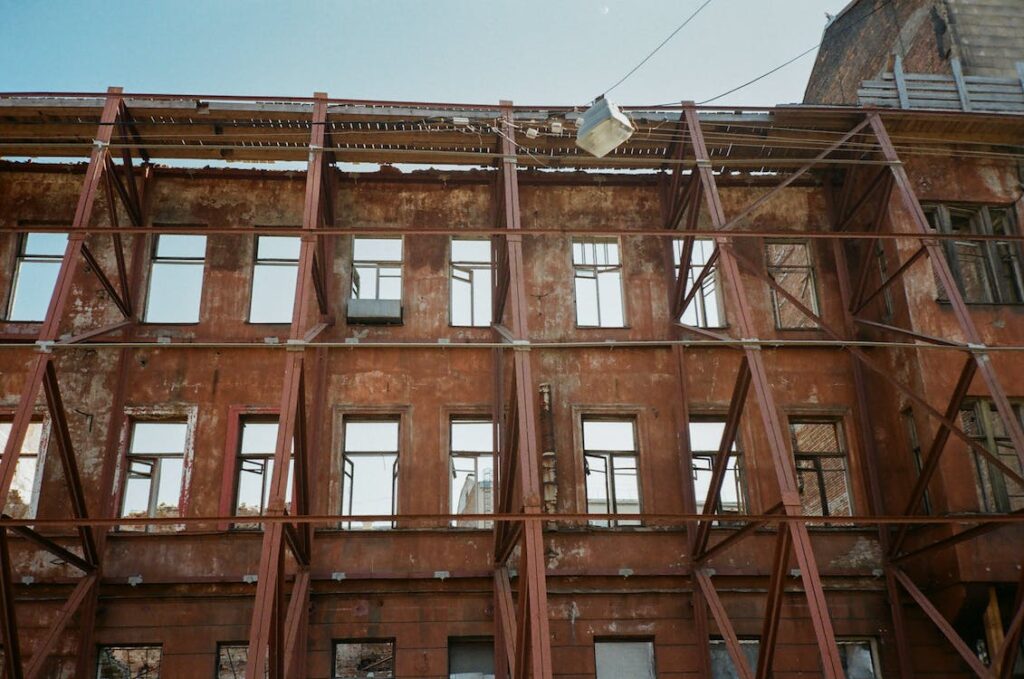
Understanding Heritage Buildings
Before delving into the intricacies of restoration, it is imperative to comprehend the significance of heritage buildings. These structures represent tangible links to our history, serving as physical manifestations of the social, economic, and cultural narratives that have shaped our societies. From ancient temples and mediaeval castles to Victorian mansions and Art Deco skyscrapers, each architectural style encapsulates a unique chapter in the human story, reflecting the aspirations, achievements, and challenges of the past.
Heritage buildings are not mere relics of the past; they are living testaments to the collective memory and identity of communities. As landmarks, they serve as visual anchors, grounding neighbourhoods and cities in a shared sense of history and belonging. Whether standing proudly at the heart of a bustling city centre or nestled within a quaint village, these architectural gems evoke a sense of pride and nostalgia among residents, fostering a deep connection to their surroundings.
Moreover, heritage buildings serve as focal points for social interaction and cultural exchange, providing spaces for community gatherings, events, and celebrations. From historic town halls and churches to iconic theatres and market squares, these structures serve as the backdrop for a myriad of cultural activities, forging bonds of camaraderie and solidarity among residents.
Beyond their symbolic significance, heritage buildings also fulfil practical functions that contribute to the vitality of contemporary life. Repurposed as museums, they house priceless artefacts and artworks, offering glimpses into the past and opportunities for education and enlightenment. As libraries, they preserve and disseminate knowledge, serving as repositories of wisdom and inspiration for generations to come. Similarly, heritage hotels and guesthouses provide unique accommodations infused with history and charm, offering travellers an immersive experience that transcends mere hospitality.
Furthermore, many heritage buildings find new life as private residences, lovingly restored and adapted to meet the needs of modern living while preserving their architectural integrity. These homes become sanctuaries where families create cherished memories, their walls echoing with the whispers of generations past.
In essence, heritage buildings are not relics frozen in time; they are dynamic spaces that evolve with the communities they inhabit. Through adaptive reuse and thoughtful preservation, these structures continue to enrich contemporary life while honouring their historical legacy. As stewards of our built heritage, we must recognize the invaluable role these buildings play in shaping our sense of identity, fostering a sense of belonging, and anchoring us to the past as we navigate the complexities of the present and envision the possibilities of the future.
The Imperatives of Restoration
While heritage buildings stand as enduring symbols of human ingenuity, they are not impervious to the ravages of time. Decay, neglect, natural disasters, and urban development pose significant threats to their survival, necessitating proactive measures to ensure their preservation. Restoration, therefore, emerges as a critical endeavour aimed at safeguarding these architectural treasures for future generations.
Restoration, as an intricate and multifaceted process, encompasses far more than the mere physical repair of a heritage building. It is a profound undertaking that demands a comprehensive understanding of the structure’s historical significance, architectural nuances, and cultural context. At its core, restoration seeks to breathe new life into these venerable edifices while honouring their legacy and preserving their authenticity for generations to come.
The journey of restoration begins with a meticulous assessment of the building’s condition, conducted by a team of experts comprising architects, conservators, historians, and structural engineers. This initial phase involves a thorough examination of the structure’s structural integrity, material composition, and aesthetic features, as well as an investigation into its historical evolution and significance. By delving into archival records, historical documents, and architectural drawings, researchers strive to unravel the building’s narrative, tracing its evolution over time and uncovering the stories embedded within its walls.
Armed with this wealth of knowledge, restoration practitioners embark on the delicate task of devising a restoration strategy that strikes a delicate balance between preservation and adaptation. Central to this endeavour is the principle of minimal intervention, which advocates for the preservation of the building’s original fabric and character to the greatest extent possible. Rather than resorting to wholesale replacement or modernization, restoration prioritises the retention of historic materials, features, and craftsmanship, thereby safeguarding the building’s authenticity and integrity.
However, preservation does not imply stagnation; it necessitates a willingness to adapt to changing circumstances and contemporary needs. Thus, restoration projects often entail thoughtful interventions aimed at enhancing the building’s functionality, accessibility, and sustainability without compromising its historical integrity. This may involve the installation of modern amenities, such as heating, ventilation, and plumbing systems, concealed within the existing structure to minimise visual impact. Similarly, accessibility features, such as ramps and elevators, may be discreetly integrated into the building’s design to ensure equitable access for all.
Throughout the restoration process, practitioners strive to engage with stakeholders, including community members, heritage organisations, and local authorities, fostering a sense of ownership and pride in the project. By involving the community in decision-making processes and soliciting feedback and input, restoration projects can garner support and cultivate a shared commitment to preserving cultural heritage for future generations.
Ultimately, the success of a restoration project hinges not only on technical expertise but also on a deep-seated reverence for the past and a dedication to stewardship. As custodians of our built heritage, we bear a solemn responsibility to safeguard these architectural treasures, honouring the labour and ingenuity of those who came before us while ensuring that their legacy endures as a beacon of inspiration and enlightenment for generations to come.
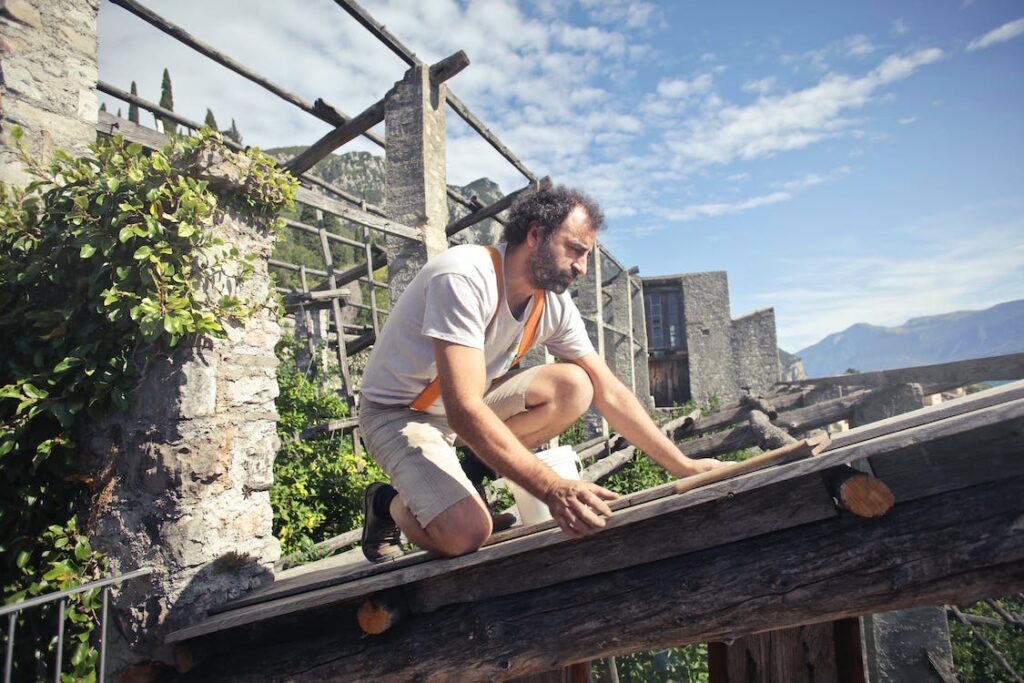
The Principles of Restoration
Successful restoration projects are guided by a set of principles that prioritise authenticity, sustainability, and inclusivity. Chief among these principles is the concept of “minimum intervention,” which advocates for the minimal alteration of the original fabric of the building. This approach seeks to retain the inherent character and patina of the structure, respecting its age, imperfections, and idiosyncrasies as integral components of its historical significance.
Moreover, restoration endeavours to employ traditional craftsmanship and materials whenever possible, thereby ensuring continuity with the building’s original construction techniques and aesthetics. This commitment to authenticity extends to the preservation of historical features, such as decorative elements, architectural details, and original finishes, which serve as tangible links to the past.
In addition to preserving authenticity, restoration projects must also prioritise sustainability and environmental stewardship. This involves implementing energy-efficient technologies, sustainable building practices, and eco-friendly materials to minimise the ecological footprint of the restoration process. By integrating green design principles and adaptive reuse strategies, heritage buildings can be transformed into models of environmental responsibility while preserving their historical legacy.
Furthermore, restoration should be an inclusive and participatory process, engaging local communities, stakeholders, and experts in the decision-making process. By fostering a sense of ownership and pride among residents, restoration projects can cultivate a shared responsibility for the preservation of cultural heritage, ensuring that these treasures remain vibrant and relevant for generations to come.
Challenges and Innovations
Despite the noble intentions behind restoration efforts, several challenges persist in the preservation of heritage buildings. Limited funding, bureaucratic hurdles, lack of expertise, and conflicting interests often hinder progress and jeopardise the integrity of restoration projects. Moreover, the rapid pace of urbanisation and development exerts pressure on heritage sites, leading to their neglect, encroachment, or demolition.
However, amidst these challenges, there are also opportunities for innovation and collaboration. Advances in technology, such as 3D scanning, Building Information Modeling (BIM), and digital documentation, have revolutionised the way we approach restoration projects, enabling more accurate assessments, simulations, and virtual reconstructions. Likewise, interdisciplinary collaborations between architects, conservationists, historians, engineers, and community stakeholders have led to holistic and sustainable solutions that balance preservation with modern needs.
Furthermore, the recognition of heritage conservation as a global imperative has spurred international cooperation and advocacy efforts aimed at safeguarding cultural heritage. Organisations such as UNESCO (United Nations Educational, Scientific and Cultural Organization) and ICOMOS (International Council on Monuments and Sites) play pivotal roles in promoting best practices, facilitating knowledge exchange, and mobilising support for heritage preservation initiatives worldwide.
A Legacy for the Future
In an era characterised by rapid urbanisation, technological advancement, and cultural globalisation, the preservation of heritage buildings assumes greater significance than ever before. These architectural treasures not only connect us to our past but also inspire us to imagine and shape a better future. Through the art of restoration, we honour the craftsmanship of our ancestors, celebrate the diversity of our cultural heritage, and forge a legacy for generations to come.
As stewards of our built heritage, we are entrusted with the responsibility of safeguarding these timeless monuments, ensuring that they continue to enrich and inspire future generations. By embracing the principles of authenticity, sustainability, and inclusivity, we can transform restoration into a transformative act of reverence and renewal, preserving the past while building towards a more resilient and harmonious future.
In the words of John Ruskin, “When we build, let us think that we build forever. Let it not be for present delight nor for present use alone. Let it be such work as our descendants will thank us for, and let us think, as we lay stone on stone, that a time is to come when those stones will be held sacred because our hands have touched them, and that men will say as they look upon the labour and wrought substance of them, ‘See! This our fathers did for us.'”
In today’s fast-paced construction landscape, whether tackling the delicate task of heritage building restoration or embarking on a new urban development, WunderBuild offers a comprehensive solution. With its advanced project management and scheduling capabilities, from takeoff to job completion, WunderBuild streamlines every phase of your project. Find out more here to see how WunderBuild can elevate your construction management to new heights.
